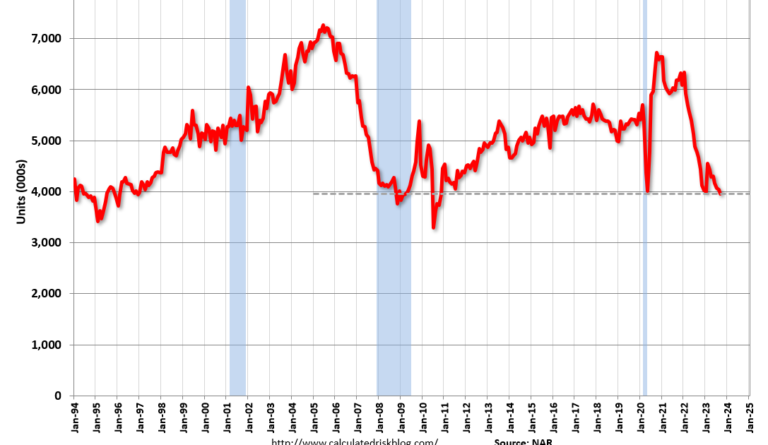The Rise of Pad Thai: From Rice Shortage to Global Sensation
Noodles for nation-building
In the 1930s, Thailand faced an agricultural and economic crisis due to the Great Depression. The price of rice, a key export, plummeted, resulting in a rice shortage. During this time, Plaek Phibunsongkhram, a military officer turned dictator, seized power and sought to modernize the region. As a solution to the rice shortage, the Thai government promoted the consumption of rice noodles since they required fewer grains. In his pursuit of strengthening Thailand’s identity, Phibun mandated the creation of a national dish, which would later become pad Thai.
The government’s push to make pad Thai global
Pad Thai’s journey to becoming a global sensation took steam from the Thai government’s efforts in using food as a form of gastrodiplomacy. In 2002, the government launched the “Global Thai” program to increase the number of Thai restaurants worldwide. Thai nationals were offered loans to open restaurants abroad, and meetings between Thai and foreign business people were arranged. The program was a resounding success, resulting in a significant increase in the number of Thai restaurants globally. This model has also been adopted by other countries looking to expand their culinary reach.
Source: Pad thai was promoted by the Thai government as noodle ‘propaganda’







